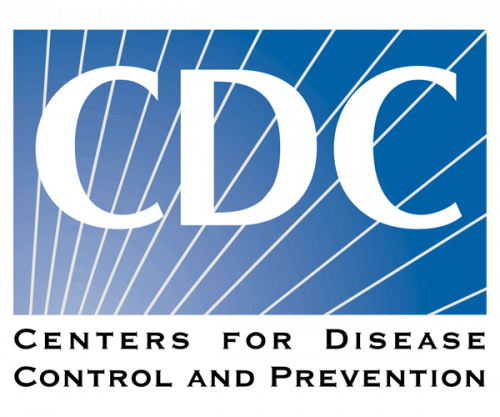The Poughkeepsie Journal spread conspiracy theories about Lyme disease for years, facilitated by long time “Chronic Lyme” propagandist Mary Beth Pfeiffer.
On June 15, 2013, the Journal published the following response by Dr. Lyle Petersen to one of Pfeiffer’s articles. Dr. Petersen is director of the Division of Vector-Borne Diseases at the CDC.
Update December 23, 2022: With the rise of the COVID-19 pandemic, Pfeiffer heavily promoted quack COVID treatments like hydroxychloroquine and ivermectin, even after they had been discredited. She also became visibly anti-vaccine, demonizing life-saving COVID vaccines even after robust clinical trials and surveillance of billions of doses had confirmed their safety and efficacy. Further, she expanded her adoration of quacks (such as child abuser Charles Ray Jones) to include COVID grifters like Pierre Kory and Peter McCullough.
I applaud the Poughkeepsie Journal’s interest in reporting on Lyme disease, a serious and sometimes long-lasting illness, in the article “Chronic Lyme disease: Is it real?,” (May 19), However, I would like to clarify several points raised in the article.
Most people with Lyme disease, if diagnosed and treated early, will recover quickly after a short course of antibiotics. Nevertheless, some patients will have persistent symptoms after treatment.
That’s one of the reasons we at the Centers for Disease Control and Prevention work to educate people about how to prevent Lyme disease, as well as the importance of early diagnosis based on symptoms, physical findings like rash, and the possibility of exposure to ticks.
Laboratory testing is also helpful for patients in the later stages of disease when done correctly and performed with proven methods.
Among other things, the article discussed the CDC’s lack of endorsement of alternative Lyme disease treatment guidelines, including those of the International Lyme and Associated Diseases Society. The CDC’s concerns with the ILADS guidelines center largely on two fundamental questions. How do people know if their chronic symptoms are due to Lyme disease? And when they are, do Lyme disease patients with persistent symptoms benefit from prolonged courses of antibiotics beyond the recommended, standard therapy?
Let’s first address which patients have Lyme disease. According to the ILADS, a wide range of persistent symptoms, including “any difficult-to-diagnose multisystem illness,” can be attributed to Lyme disease, and the diagnosis can be made by “clinical judgment” alone. Since the ILADS guidelines provide no definition for chronic Lyme disease, anyone with persistent symptoms from nearly any cause can be labeled as having Lyme disease. No laboratory testing is required, contrary to standard medical practice for other infectious diseases.
A related issue arises when patients with persistent symptoms are diagnosed as having Lyme disease under the ILADS guidelines, but test negative for Lyme disease using standard, Food and Drug Administration-cleared tests as performed by reputable laboratories.
To resolve this issue, some advocates of the ILADS guidelines claim that standard testing algorithms are insensitive, promoting instead laboratories that use unpublished, proprietary laboratory methods that have not been validated.
Although it’s true that standard Lyme disease tests are not sensitive during the first few weeks of illness, these methods are much more sensitive when patients have been infected for a month or more.
Now for the second question: Are long-term antibiotics truly beneficial for Lyme disease patients whose symptoms persist after initial treatment? Four double-blind, placebo-controlled treatment trials conducted by leading academic centers failed to show lasting benefit of long-term antibiotic therapy in reducing the symptoms of Lyme disease patients with prolonged symptoms. While advocates of the ILADS guidelines may find limitations with these studies – all scientific studies have their limitations — it remains that the available controlled data from human studies have not consistently supported the use of prolonged antibiotics for Lyme disease.
Furthermore, the clinical criteria for treatment success or duration of treatment are not specified in the ILADS guidelines; thus, treatment with antibiotics can be carried out for dangerously long periods using “clinical judgment.” While some physicians and treated patients can claim anecdotal success with such therapy, such “success” stories are often very misleading. Even worse, patients have died from this treatment.
Your readers live in an area where Lyme disease and the ticks that spread it are common. It’s important that people take steps to protect themselves every time they are outside. These steps include promptly removing any ticks, wearing repellents with DEET, and avoiding areas with high grass or leaf litter.
Lyme disease can be a serious illness, and it is on the rise. So it’s even more important for patients to be diagnosed and treated based on the best scientific research.
Lyle R. Petersen, M.D., M.P.H., is the director of the Division of Vector-Borne Diseases at the Centers for Disease Control and Prevention in Ft. Collins, Colo. His current research focuses on the epidemiology of arboviral and bacterial vector-borne zoonoses.
